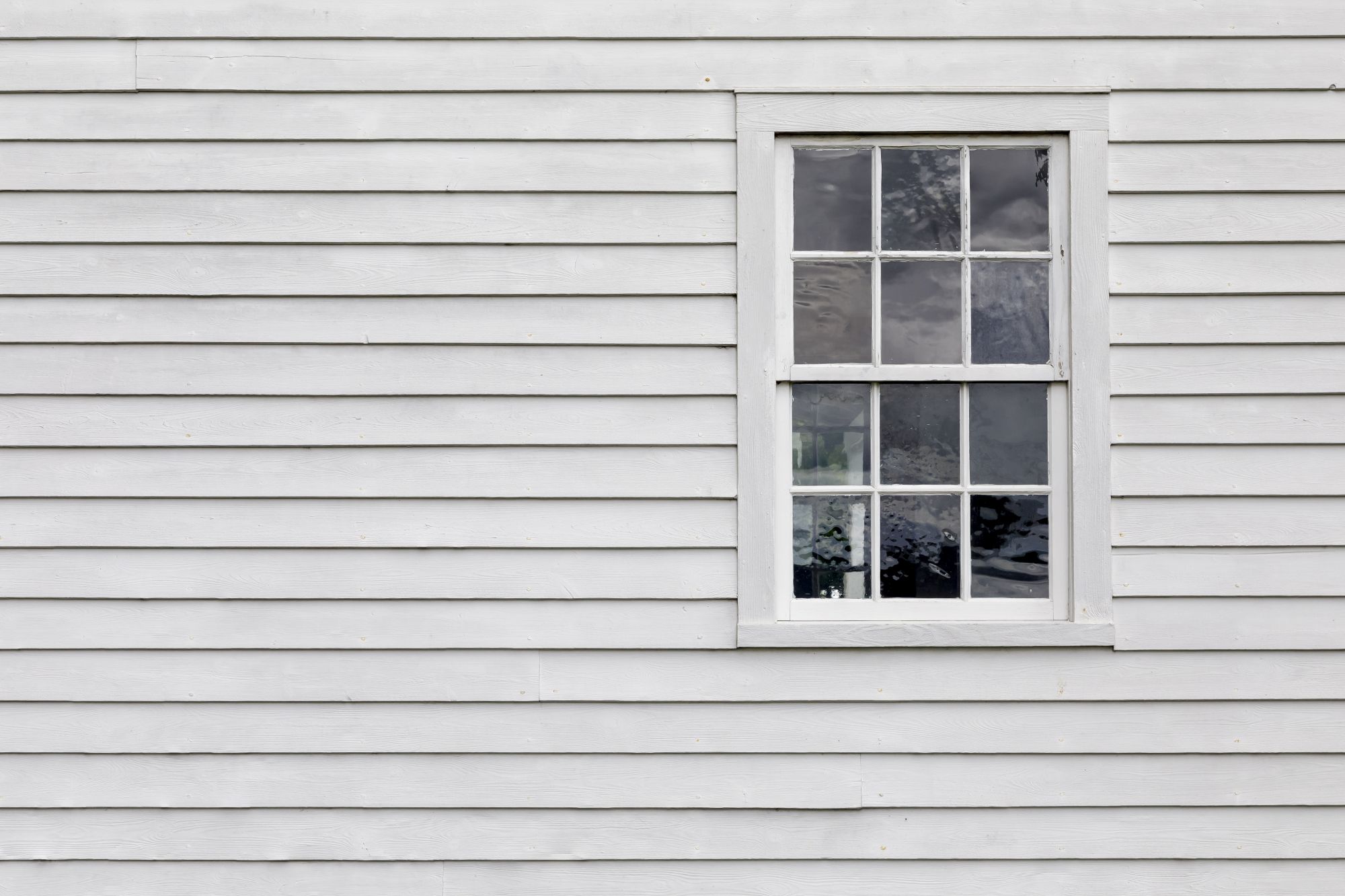Preparing Your Home for Winter, Part 2: Winterize Your Vinyl Siding

Oftentimes when people think of winterizing their home, they automatically focus on their doors and windows. But what about your siding? Your siding acts as a suit of armor to protect your home from harsh weather, water damage, and pests. Siding that’s in poor condition can cause all sorts of problems:
- Hibernating mammals such as raccoons, opossums, squirrels, mice, and bats can wriggle in through broken or warped siding.
- Overwintering insects such as termites and beetles can invade your home.
- Damaged siding leaks precious heat out of your home and raises your energy bills.
- Siding with large cracks or holes allows moisture to seep in and promote mold growth and wood rotting.
So how can you properly winterize your siding? We’ll discuss six key ways:
- Thoroughly clean your siding.
- Seal any gaps.
- Repair damaged siding.
- Upgrade to vinyl siding.
- Trim overgrown plants.
- Clean and repair your gutters.
- Thoroughly clean your siding.
Any dirt, mildew, mold, and other debris that has accumulated on your siding over summer and fall will only attract more dirt from snow when it melts. As a result, your siding will get stained and fade. This damage can be avoided by thoroughly cleaning your siding before the harsh Cleveland weather sets in for the season.
If you opt for power-washing, be sure to use the recommended pressure in the manufacturer’s manual so you don’t damage your siding. You can also scrub off the debris with a long soft-bristle brush and a simple cleaning solution of three parts water to one part vinegar or bleach. Work from the bottom up to prevent streaking. Keep in mind that you should never clean your siding on a day when the temperature is near or below freezing. So if possible, choose a slightly warmer day to perform the cleaning.
- Seal any gaps.
Carefully inspect the exterior of your siding for any exposed gaps, dried out caulk, cracks, and insect holes. Areas around doors and windows are more vulnerable to moisture and energy loss, so reseal the caulking in those areas as needed. Cracks are often found between the house trim and the siding, which can hold moisture against your home and promote air leaks. Prevent extensive damage to your siding by resealing cracks before they become too large. Clear out any insect nests you may find behind your siding and seal those gaps to prevent permanent habitation through the winter.
- Repair damaged siding.
Pieces of siding that are warped, loose, or damaged beyond what caulking can repair should be replaced by an experienced professional. Fairview Home Improvement’s siding technicians have the skills and expertise needed to properly replace or repair heavily damaged pieces of siding. Contact us to set up a free consultation for a siding inspection and repair estimate. Protect your home during the winter by scheduling these repairs as soon as possible.
- Upgrade to vinyl siding.
Certain types of siding are not recommended for areas like Cleveland with cold winters. Wood and clapboard, for instance, are notorious for shrinking and expanding in response to temperature changes. This creates gaps that can allow moisture to seep in and pests to invade your home. If you have wooden or clapboard siding, consider upgrading to vinyl siding. Vinyl is a durable, weatherproof material with various color and texture options that can even mimic the look and feel of real wood.
Fairview Home Improvement installs the following vinyl siding products:
-
- Alside Charter Oak® Premium Vinyl Siding: Features a precisely contoured insulating foam underlayment, exceptional impact and wind resistance, and superior rigidity.
- Ply Gem® Siding Mastic Carvedwood•44®: Structurally strong siding with the beauty of real wood and endless design possibilities. Choose from 26 vibrant colors, five distinct profiles, and two attractive finishes (smooth and woodgrain).
- Polaris® HomeView™ Vinyl Siding: Offers unprecedented quality, style, and performance with resistance to denting, hail damage, and scratches plus a deep cedar wood grain emboss.
Contact us today to set up a free consultation and estimate for the installation of high-quality vinyl siding on your home. Since it’s best to install new siding before freezing temperatures set in, schedule a consultation with us as soon as possible!
- Trim overgrown plants.
Cut back tree limbs and shrubbery that are too close to your home before the next winter storm hits. High winds and heavy snowfall could cause tree branches to fall and damage or knock loose the siding on your home. Ice and snow that melts from overhead trees and drips onto your siding can cause a buildup of dirt and excess moisture. While vinyl siding is designed to withstand the elements, you should still do your best to prevent excessive exposure to moisture.
- Clean and repair your gutters.
Clogged, detached, or damaged gutters can leak or spill over onto your siding and cause water damage to both your siding and your home’s foundation. A constant flow of dirty water on your siding will create streaks and stains from a buildup of dirt and debris. Doing so will help extend the life of your siding and protect your home from water damage.
